How To Start Running And Stick With It
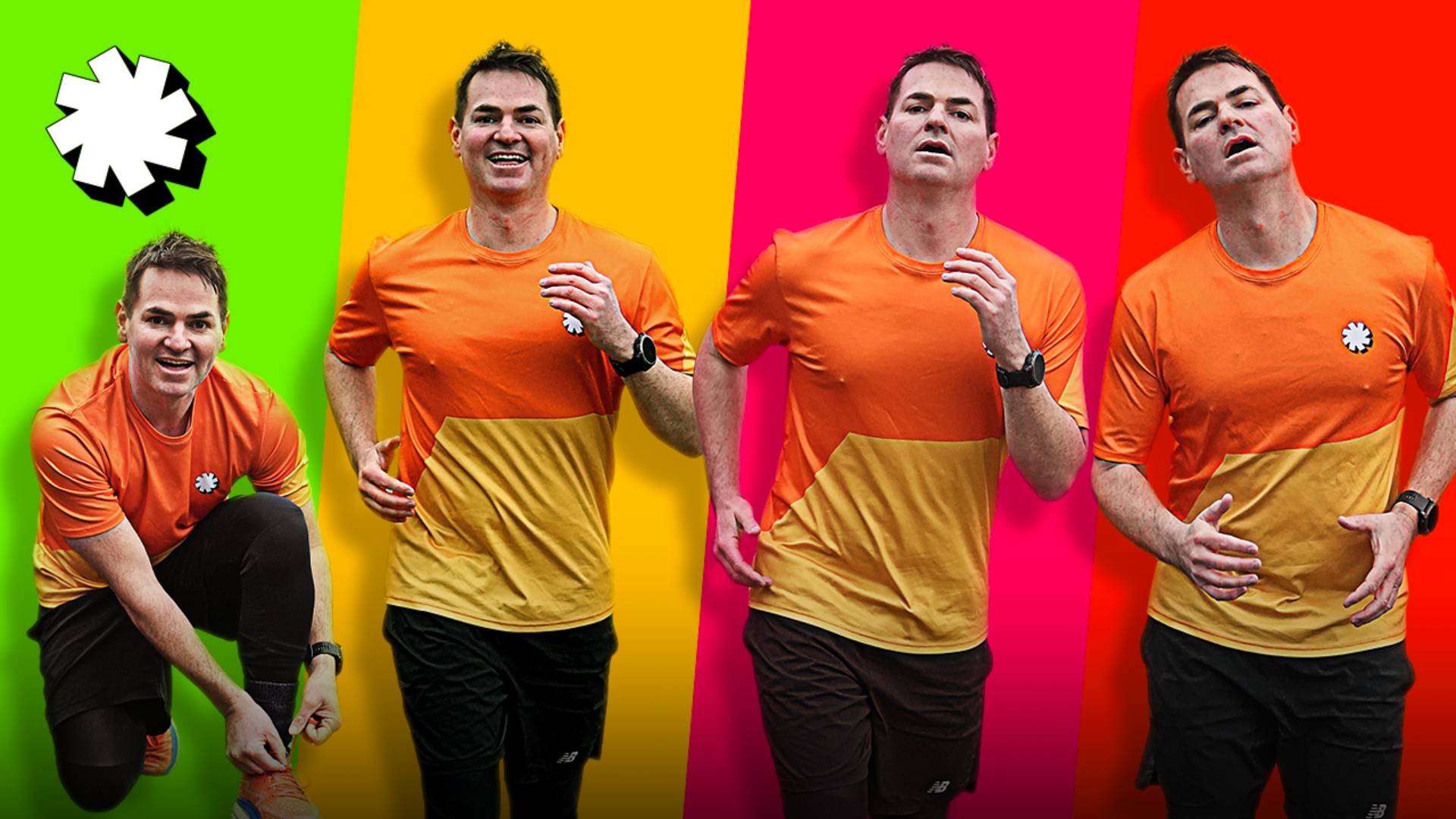
Every single runner has one thing in common: there was a day when each of us went out for our first run.
Those first steps can be hard, but for a lot of runners, carrying on for weeks or months can feel even harder. So whether you’re new to running, been here before and are coming back after some time off, or you’ve struggled to be consistent as a runner, we’re here to help.
This is how to start running – and stick with it.
RUNNING IS HARD BUT IT GETS EASIER
We’ve written a whole post about how running is hard but it gets easier. The most important piece of advice is that the best way to make running feel easier is to be as consistent as possible.
Try to run three times a week in the beginning. Go slow and don’t worry so much about how far you go, just get out the door and run.
Do that this week, then next week, then the week after. That consistency is going to make running feel much more comfortable for you, and will build up your fitness and your confidence.
RUN-WALK TO BEGIN
Using a run-walk approach, or following Couch to 5k, is a great way to start. Both approaches let you gradually build up the amount of time that you’re running by alternating between walking and running.
Over a few weeks a run-walk might progress as follows:
- Week 1: Walk 10 mins into 5 x 1 min run / 4 minute walk
- Week 3: Walk 5 mins into 10 x 1 min run / 2 min walk
- Week 5: Walk 5 mins into 5 x 3 min run / 2 min walk
- Week 7: Walk 5 mins into 2 x 15 min run/5 min walk
- Week 9: Walk 5 mins into 30 min run
FIND MOTIVATION AND SET GOALS
You started running for a reason.
Your reason will be meaningful to you and could be to improve your health and fitness, maybe to train towards a race, perhaps because you want to feel better mentally as well as physically, or as a way of meeting people and being social at run clubs.
You should set yourself short-term goals to help towards the longer goals you have. Short term goals can be something you aim to achieve on each run or each week.
- Run three times this week
- Aim for a new longest continuous run (whether that’s 10 minutes or 10km)
- Set a realistic distance or time goal each week (15km, or 90 minutes total for the week, for example)
- Run further/longer than last week (aim for 1-2km/1 mile/10 minutes a week to begin)
- Attend one run club or parkrun
- Sign up for a race in the next six weeks at an achievable distance (if you currently run 5km then find a 10km run)
FOLLOW A PLAN
Small short term goals can build towards bigger long term goals. Those goals should be something that motivates you to get out and run. To help you towards those goals it helps to follow a plan.
You don’t need to be training for a marathon to follow a training plan, and there are lots of plans which are designed to help you start running and then make gradual progress. A plan gives you structure but can also make you accountable; it tells you what to do every day, and you just need to try your best to follow it.
The benefit of using a plan is that it can help you get the right balance between running and rest, and it can help you progress your training in an appropriate way without increasing your risk of injury.
BE ACCOUNTABLE, FIND REWARDS
It’s difficult to stick to a long-term training plan, so what small rewards can help you stay motivated?
Is it going out for brunch after your weekend run? Is it choosing a new pair of running shoes after you’ve been running for three months? Is it enough reward just to see that you successfully complete your training each week?
For some these might be rewards, for others they might see them as bribes to themselves (you can have the cake or wine or watch a movie after you’ve done your run!). Do whatever works for you.
Or perhaps you prefer forfeits instead of rewards. What if you need to donate some money to charity for every run you miss?
COMPARE YOURSELF TO YOURSELF (AND CELEBRATE PERSONAL BESTS)
Try not to compare yourself to others. It’s much better to compare yourself to yourself.
Track your own progress from the beginning. See how you’re able to improve from week to week. Notice how running comes to feel easier, or how your easy paces naturally get a little bit quicker, or how you’re able to run faster now.
Make note of all your new personal bests: new longest runs, new fastest miles, new weekly distance PBs. Celebrate each new achievement, no matter how small.
Updating a journal or even just a spreadsheet can help you to see this progress.
RUN HAPPY, BE POSITIVE
Find joy in running.
This may feel difficult sometimes, and we can fixate on the negatives. Thoughts like ‘it’s cold’, ‘it’s raining’ and ‘I’m tired’ hold us back before we’ve even put our running shoes on, meaning we’re starting with a bad outlook.
What positives can you find in running to help you feel good before you begin?
- I get to be outside in nature
- I get time to escape work and devices
- This is my time when I get to switch off my mind and be alone
- Running brings me together with other people
- This run will make me feel great
- It’s only rain. I love rain!
RUN YOUR WAY
Some people like to run alone, others find it better to run with others. Some are happy on the treadmill, while others want to explore on trails.
The brilliant thing about running is that we can each approach it in our own way, and run in the way that makes us happiest.
There is no right or wrong way to approach running, so run wherever and however feels best for you.
LISTEN TO YOUR BODY
You’re going to feel some aches and tiredness, especially if you’re able to be really consistent and run a few times a week, or if you’re working towards a big goal race like a first marathon.
Sore muscles are normal, but there are certain pains and niggles that need more attention.
Most running injuries come from overuse, or from a strength imbalance. Common issues include runner’s knee, a tight IT band (that runs down the outside of your leg from your hip to your knee), shin splints and a sore achilles. Continuing to run with these issues could make your niggle develop into an injury.
If you feel pain which is worrying for you then take a day off running (you could do an alternative low impact exercise instead). If the discomfort remains or affects the way you run, then rest until it improves. It’s always best to chat to a sports physio for the best advice.
RUNNING CHANGES YOU
Lots of The Running Channel team started running as a way of trying to feel better about themselves, perhaps by trying to lose weight, to balance bad diets, or to get fitter, and that’s also a big motivator for a lot of others.
But if you run for long enough you’ll probably find that at some point your motivation changes.
You realise that you’re running because it makes you happy. Because you can see improvements and you love the progress you’ve made. Because we feel so much better psychologically when we run. Because we now have goals to run further or faster than before, and we love the process of the self-improvement that training brings.
Running can be really hard to begin with, but there’s a reason that the team has continued to do it for many years. We love running and the way that it makes us feel, and we hope that we can inspire others to get started and keep on going.
***
If you’re looking for some extra help or motivation, then try some of these stories:
- Things all new runners need to know
- Mistakes all new runners need to avoid
- Lessons to help all runners
- Does running get easier? (Psst… yes, it does!)
Join us in The Running Channel Club! It’s our supportive online community of runners where you can make connections with like-minded runners, get motivation on-demand with our exclusive content and podcasts, access expert guidance through courses and live Q&As, and talk with others who are beginning their own running journey.
You can also sign up to our newsletter today to receive all the latest tips and news from The Running Channel.

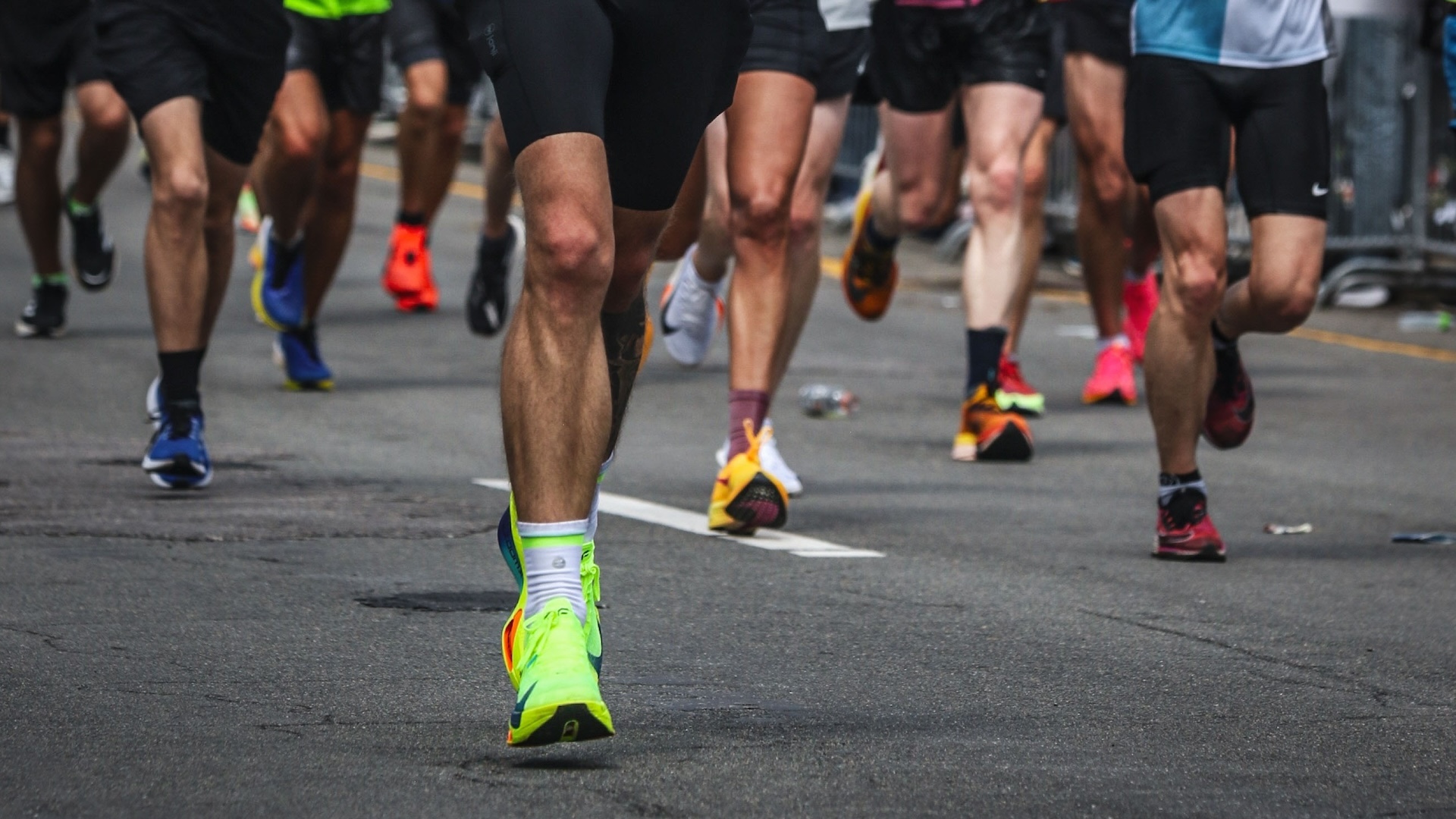
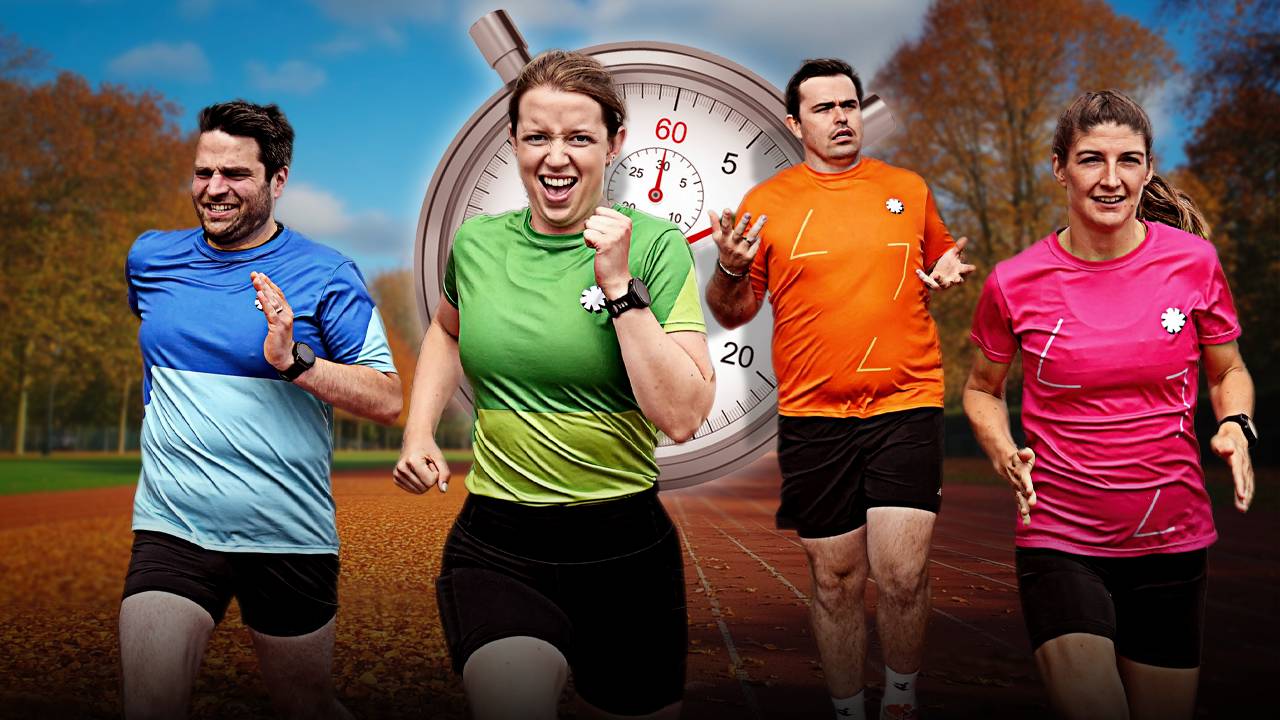
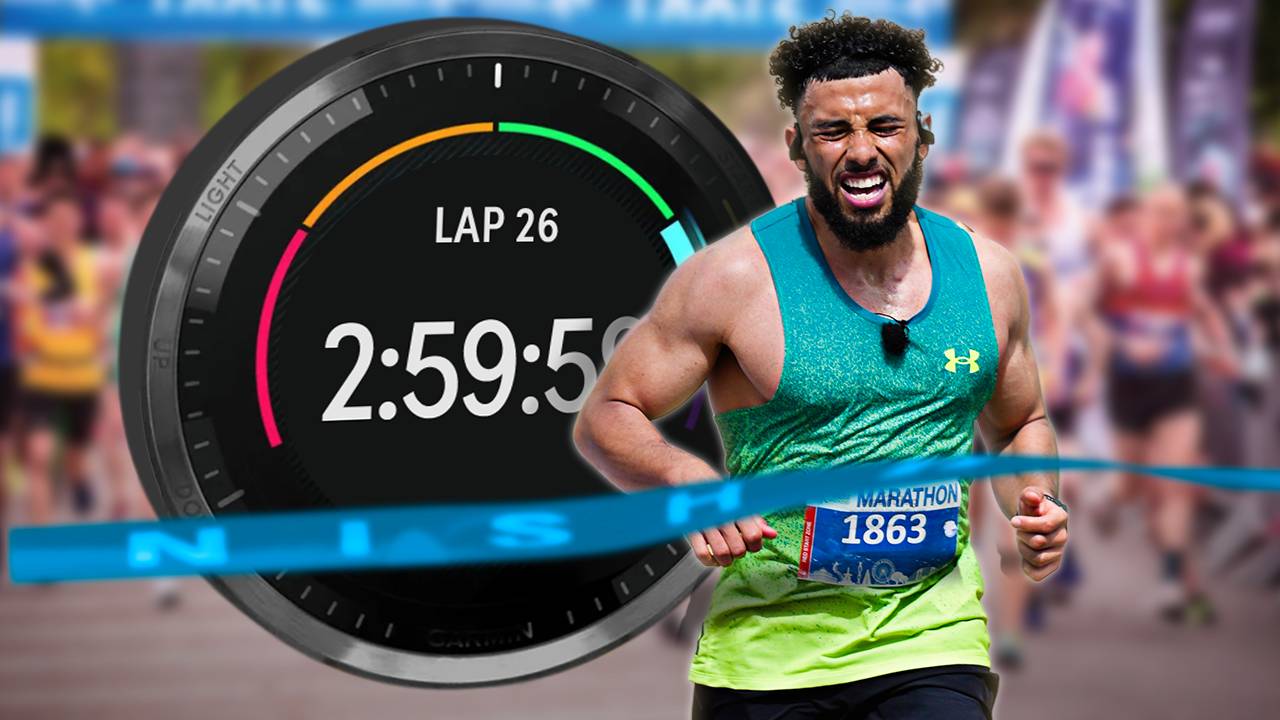

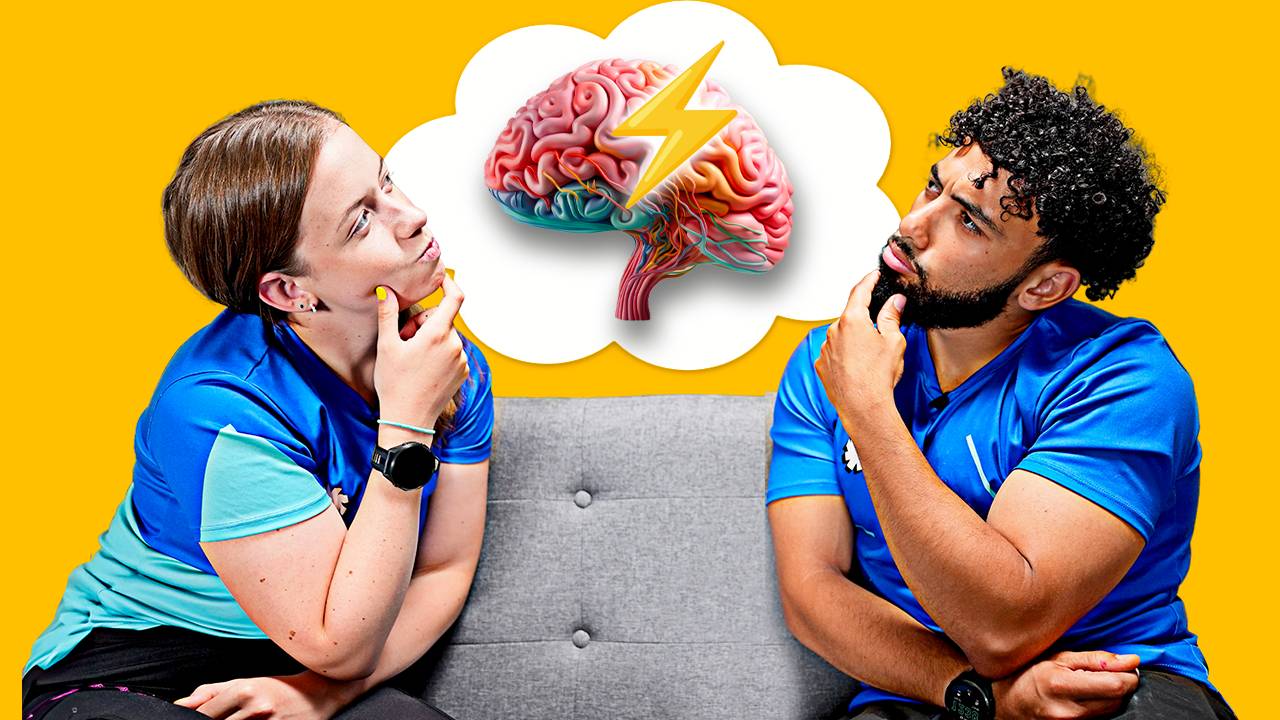

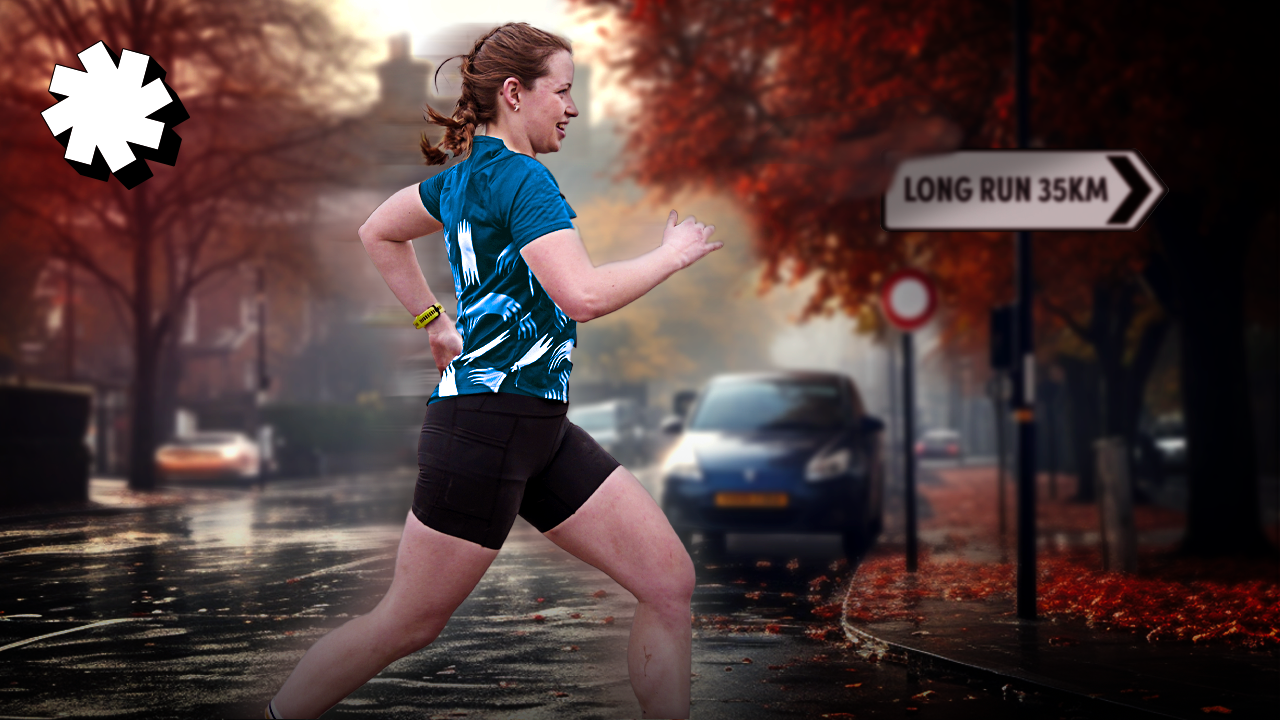
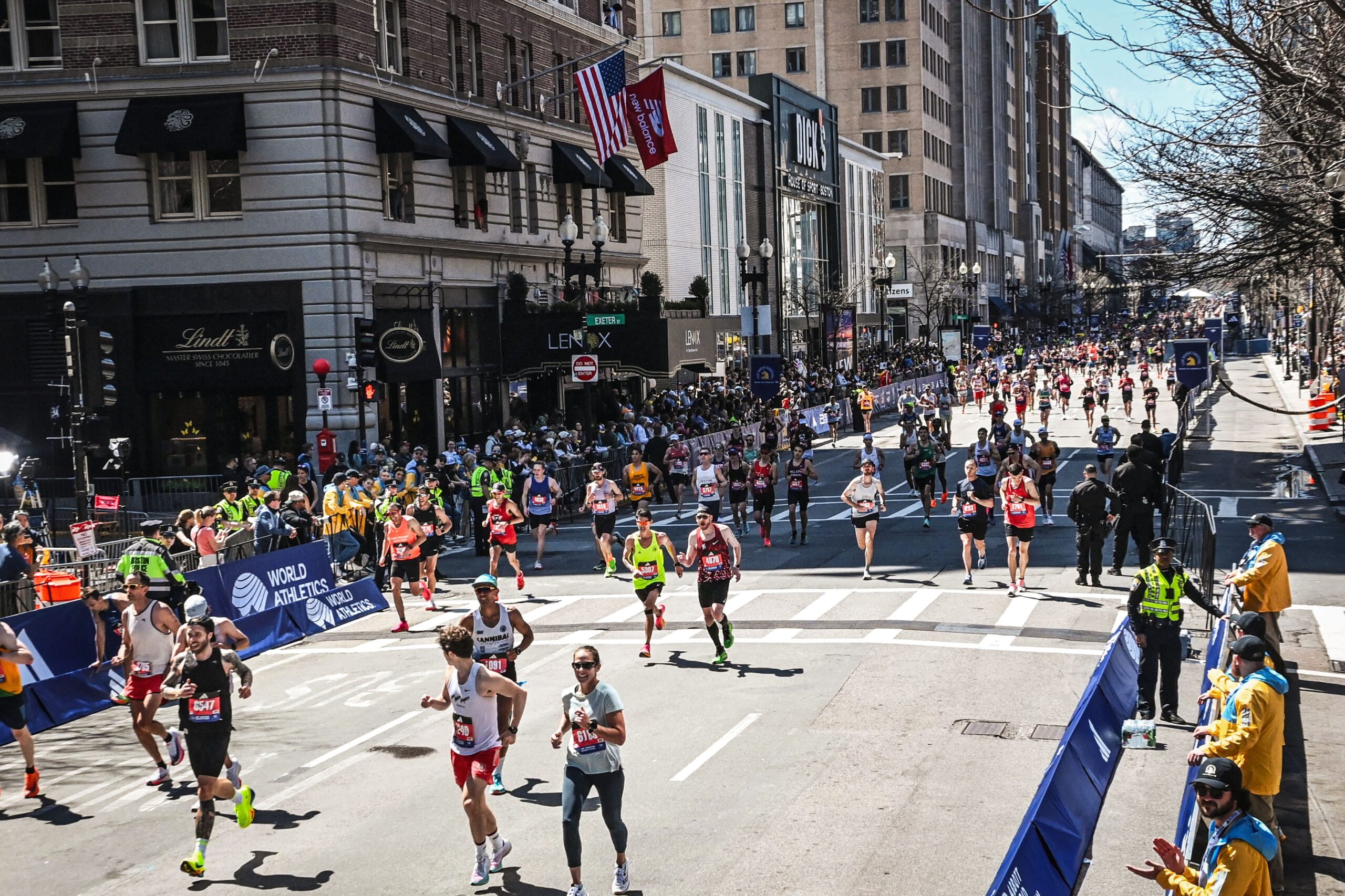
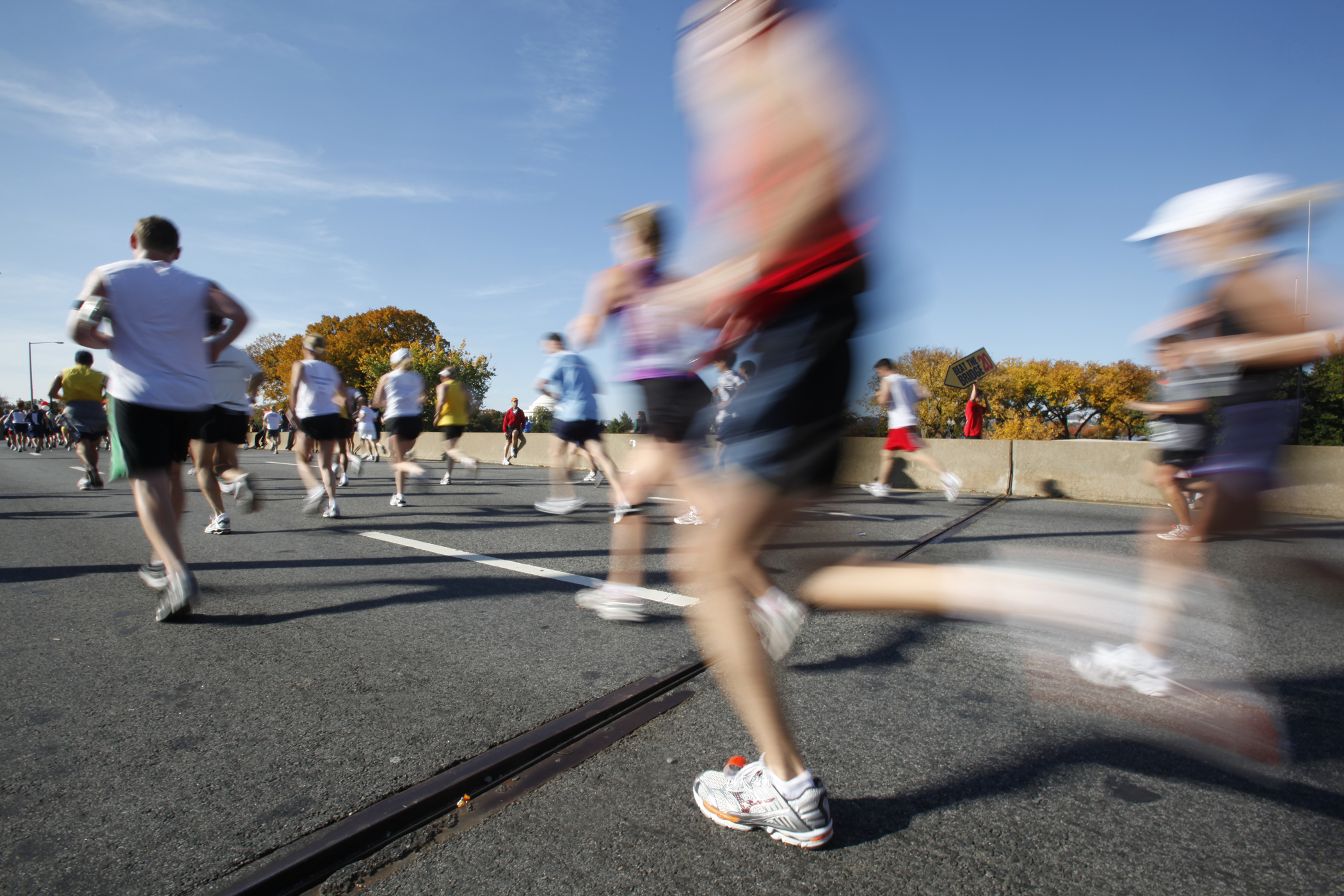



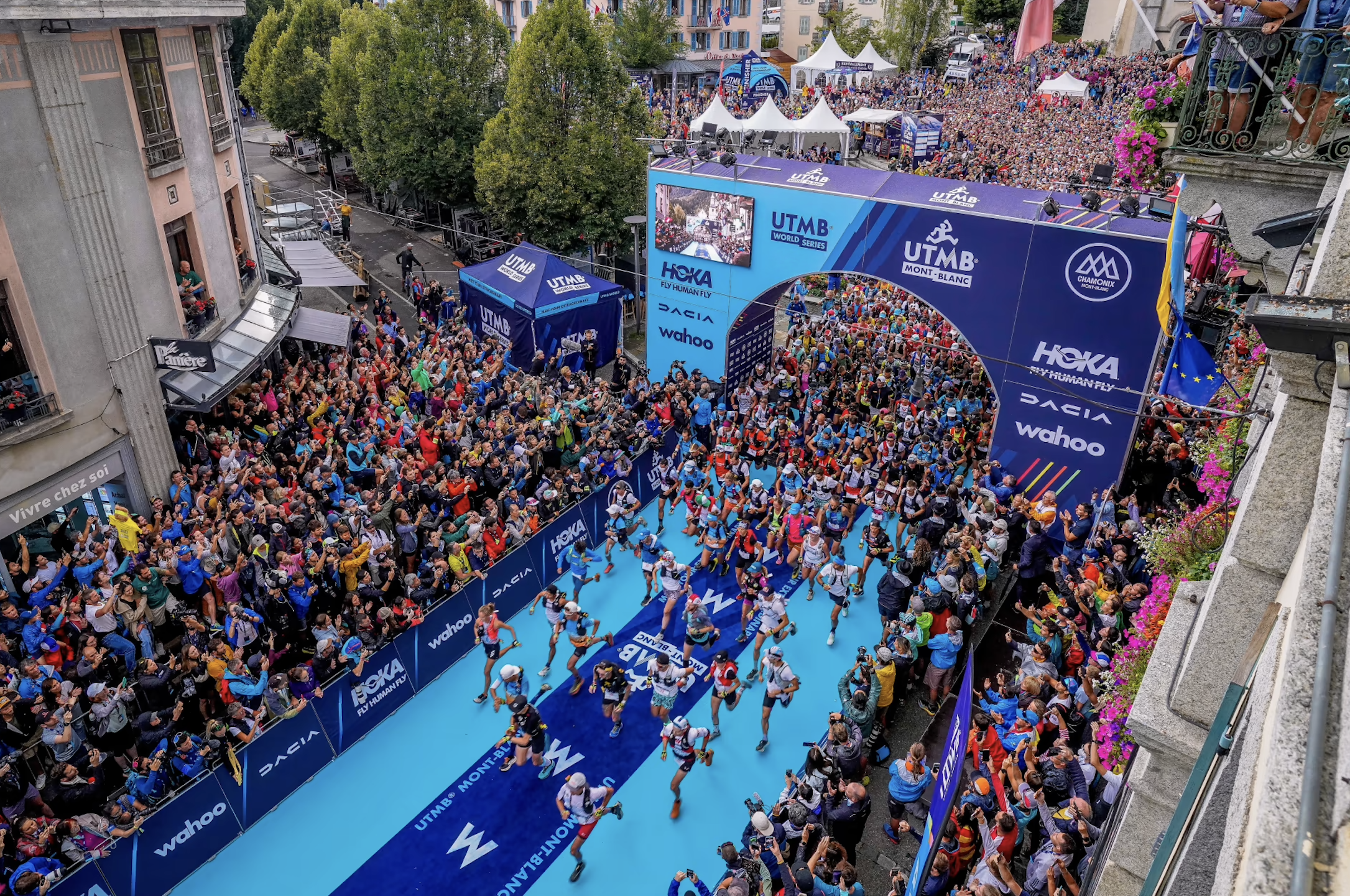

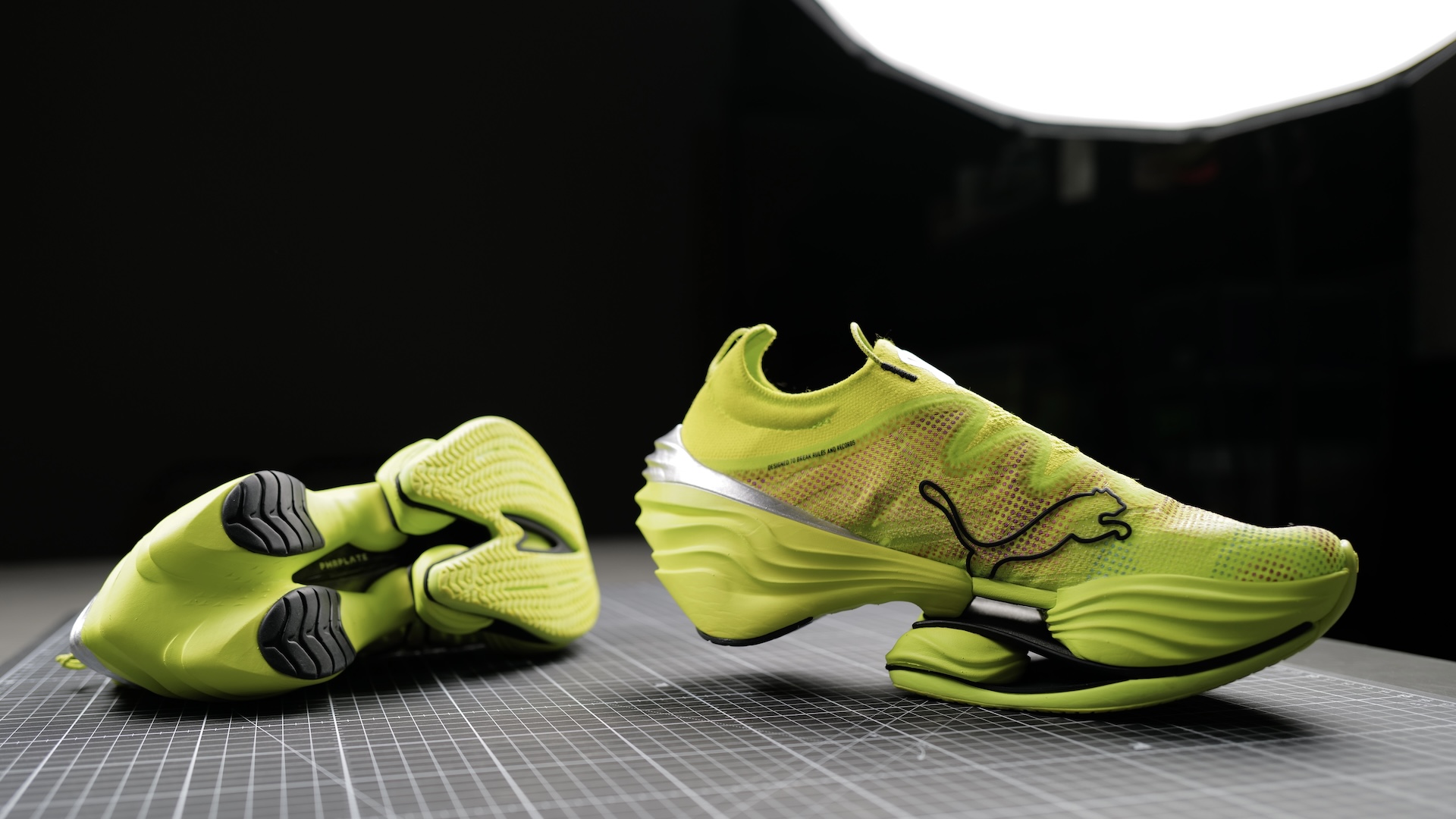
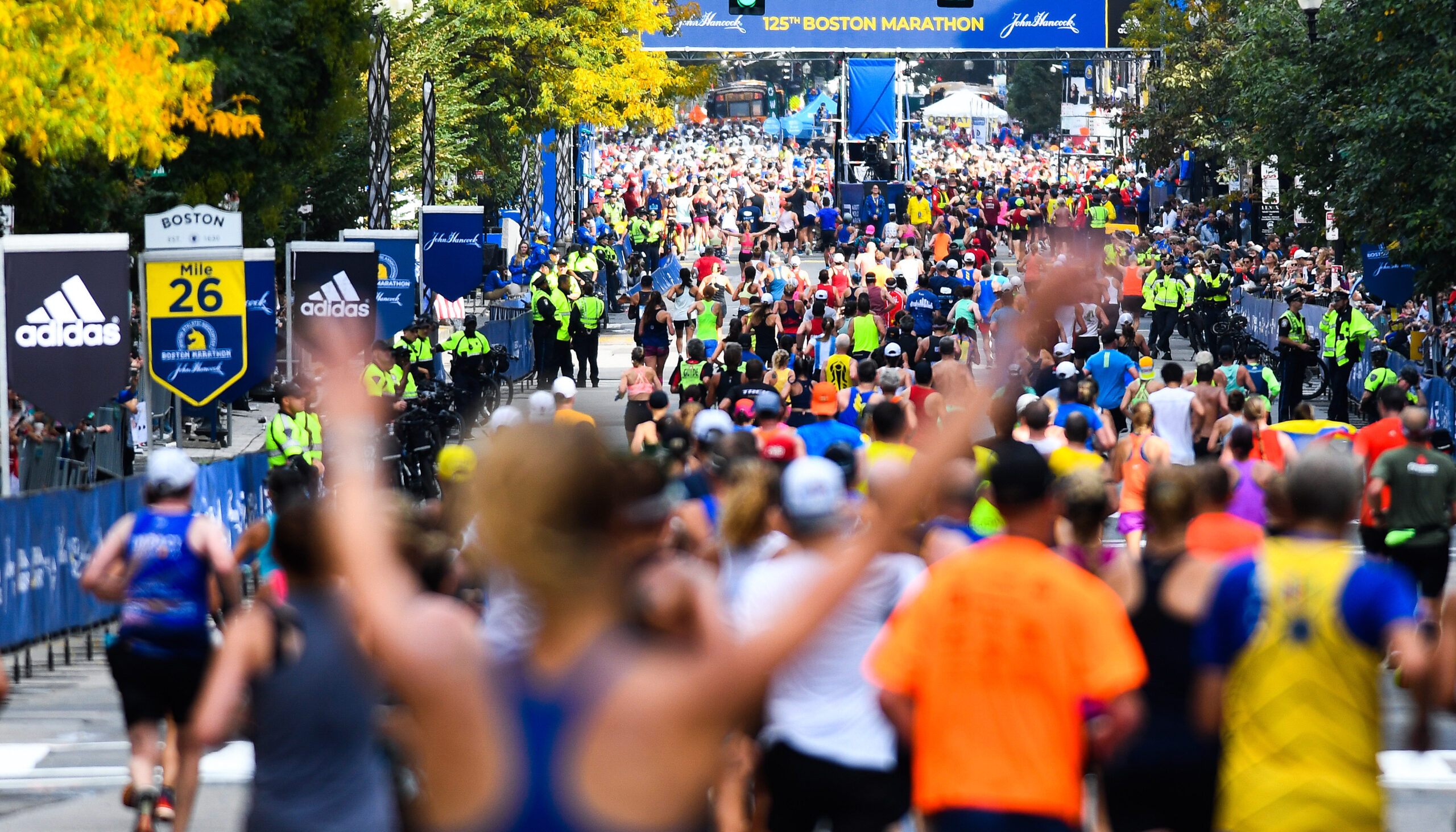
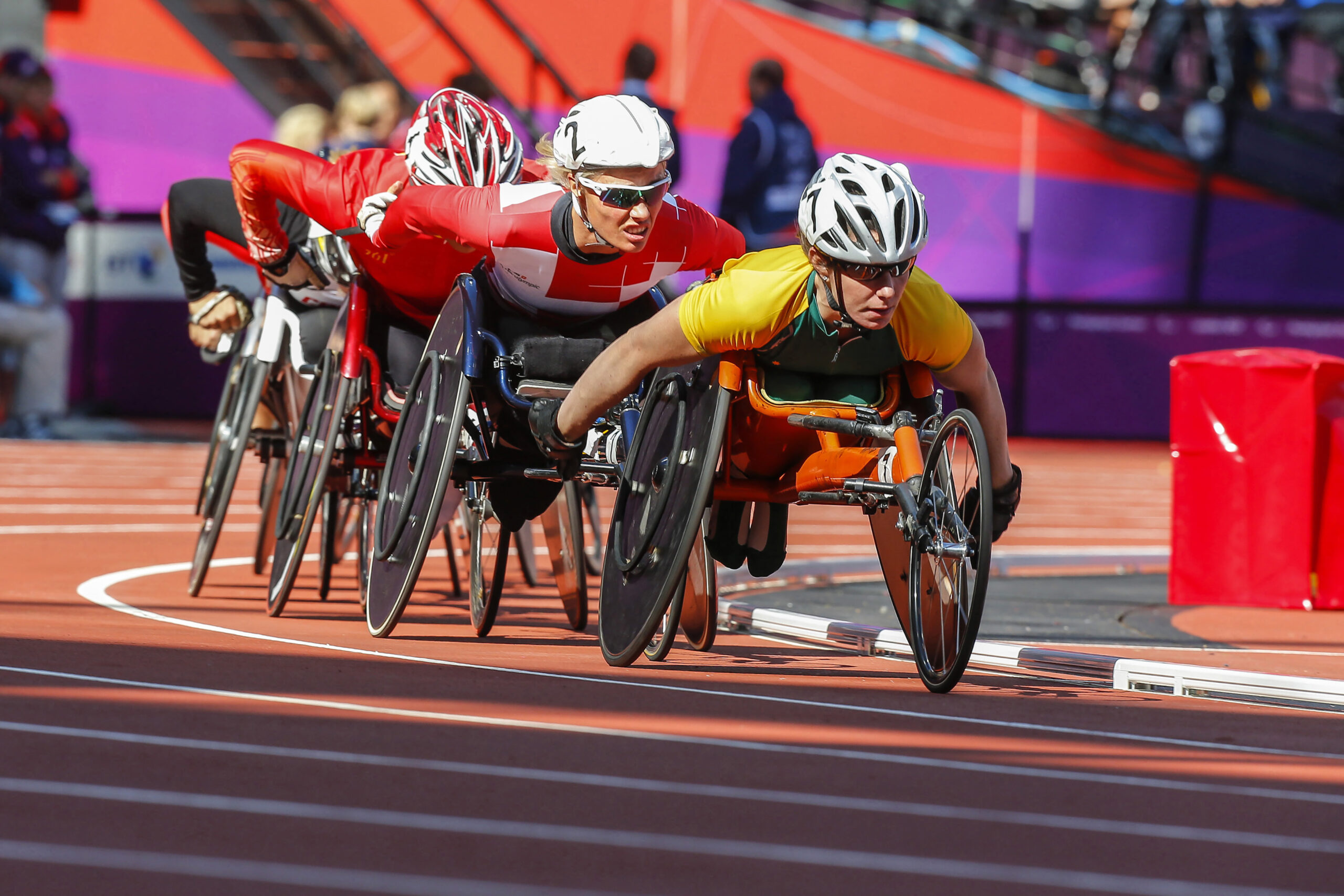
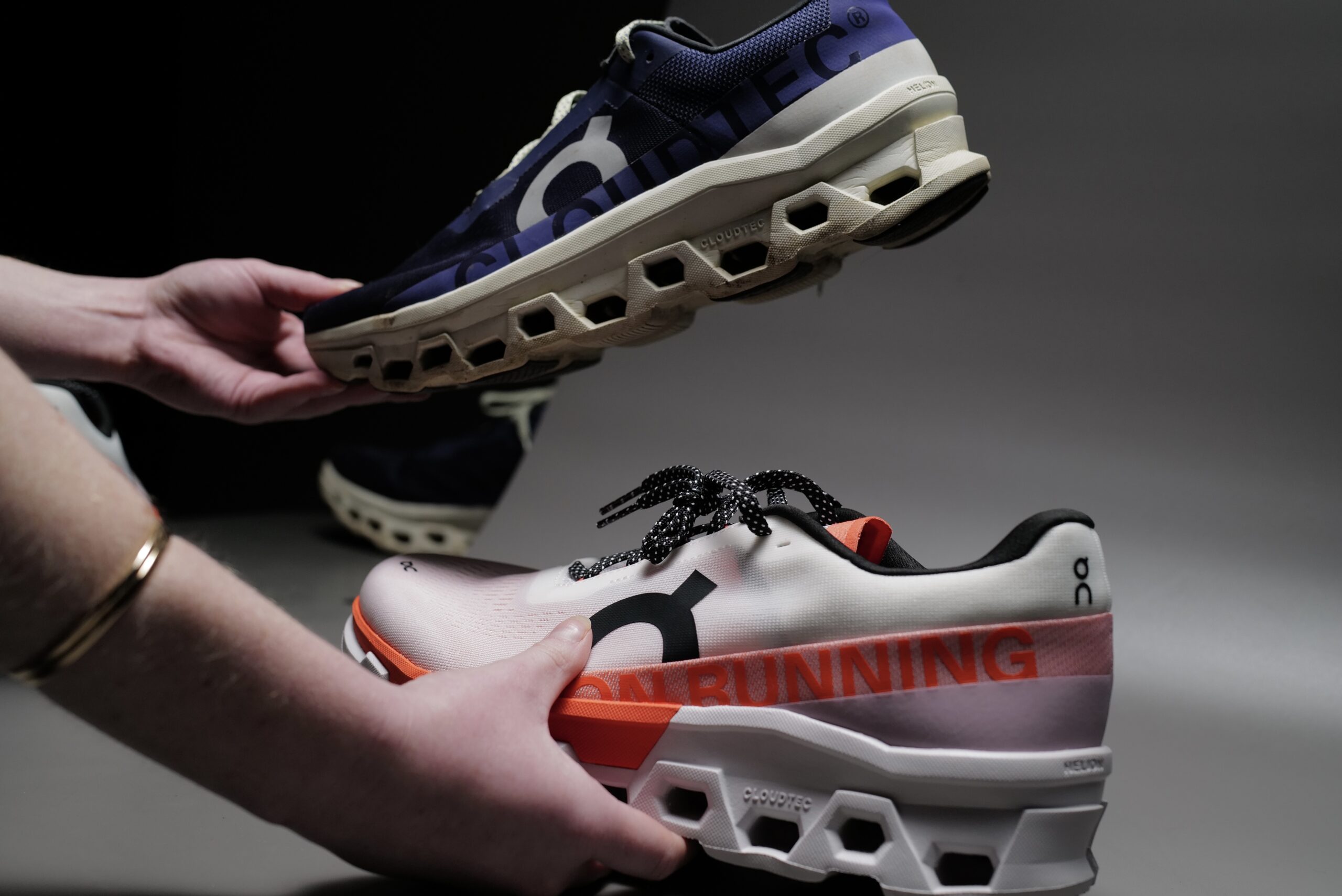
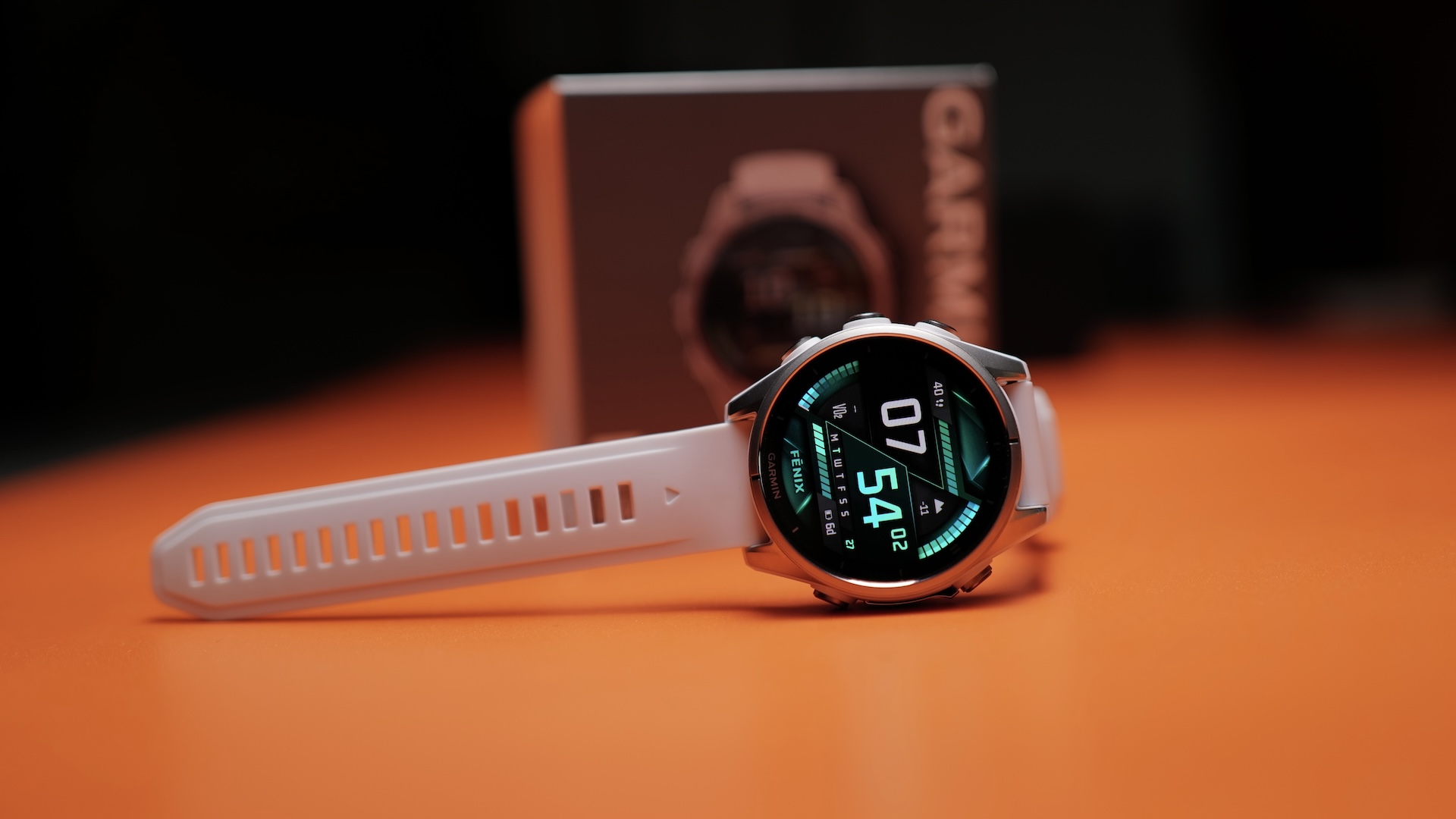

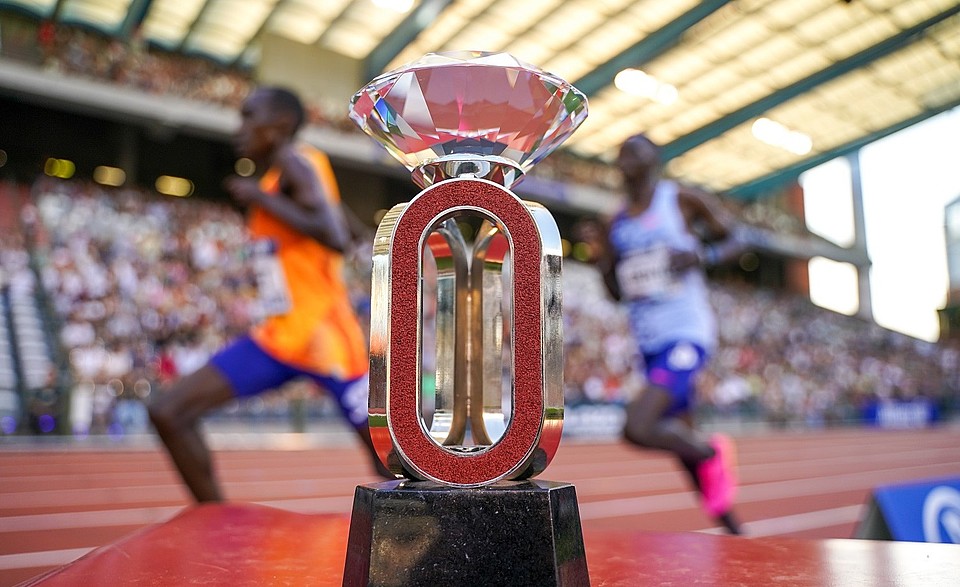


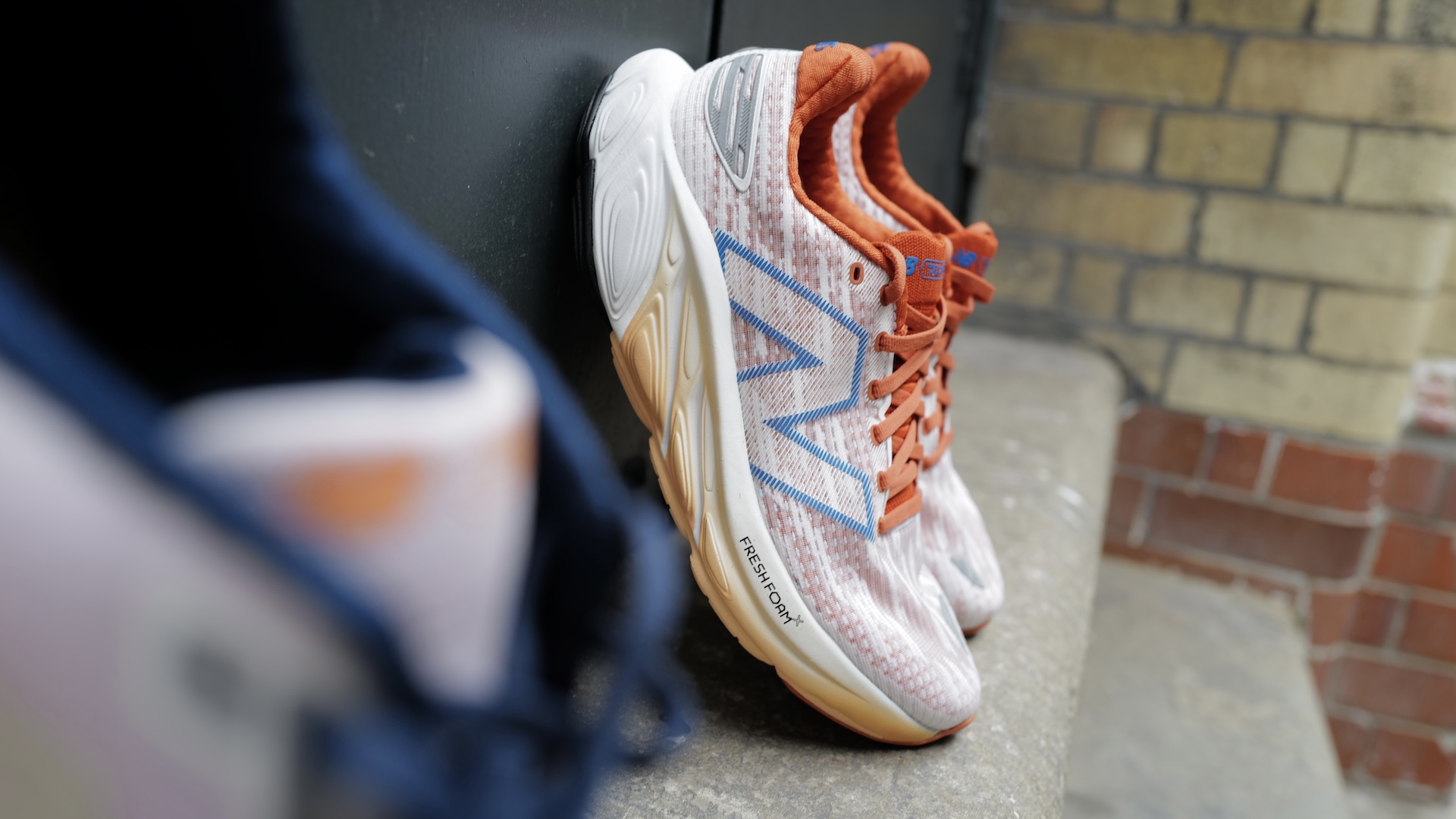
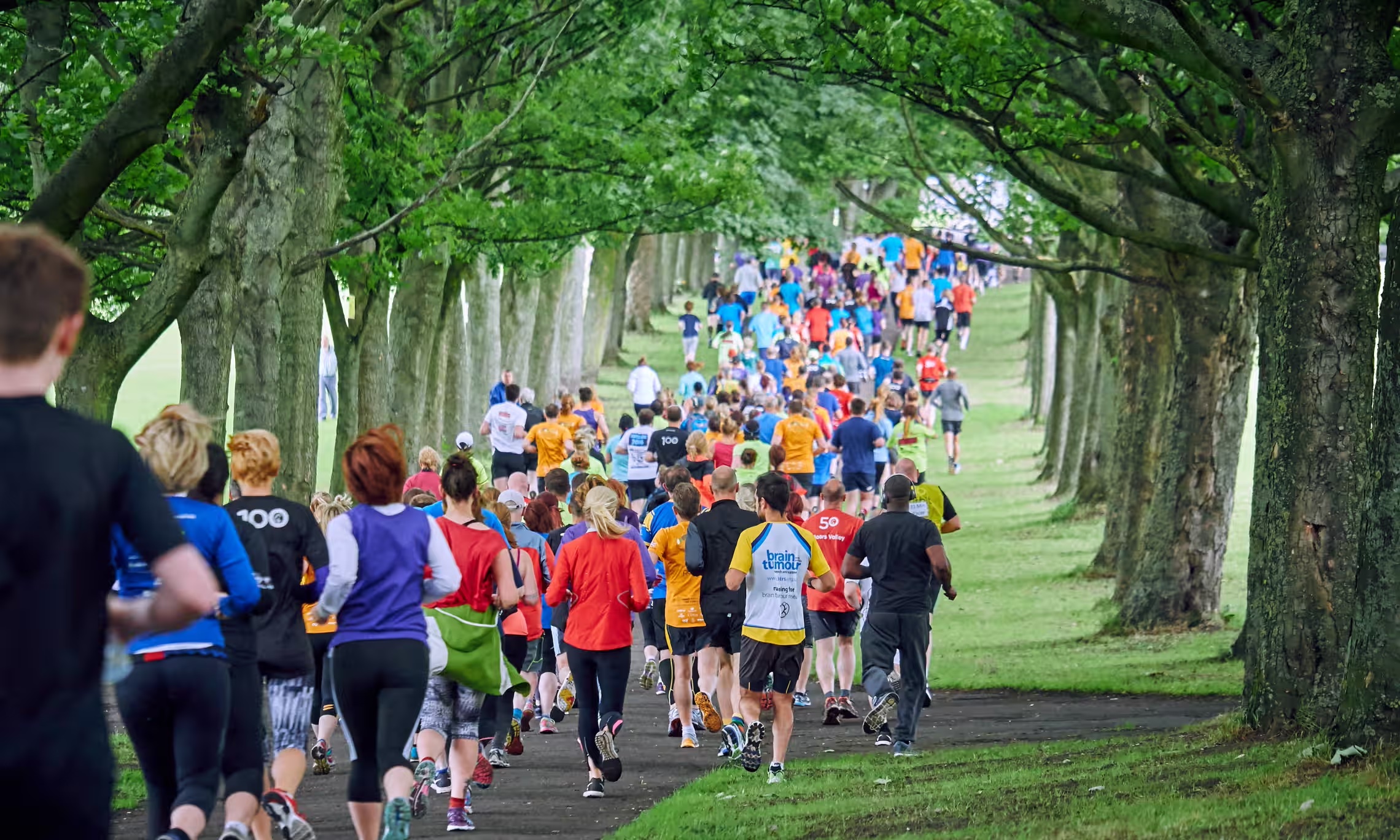
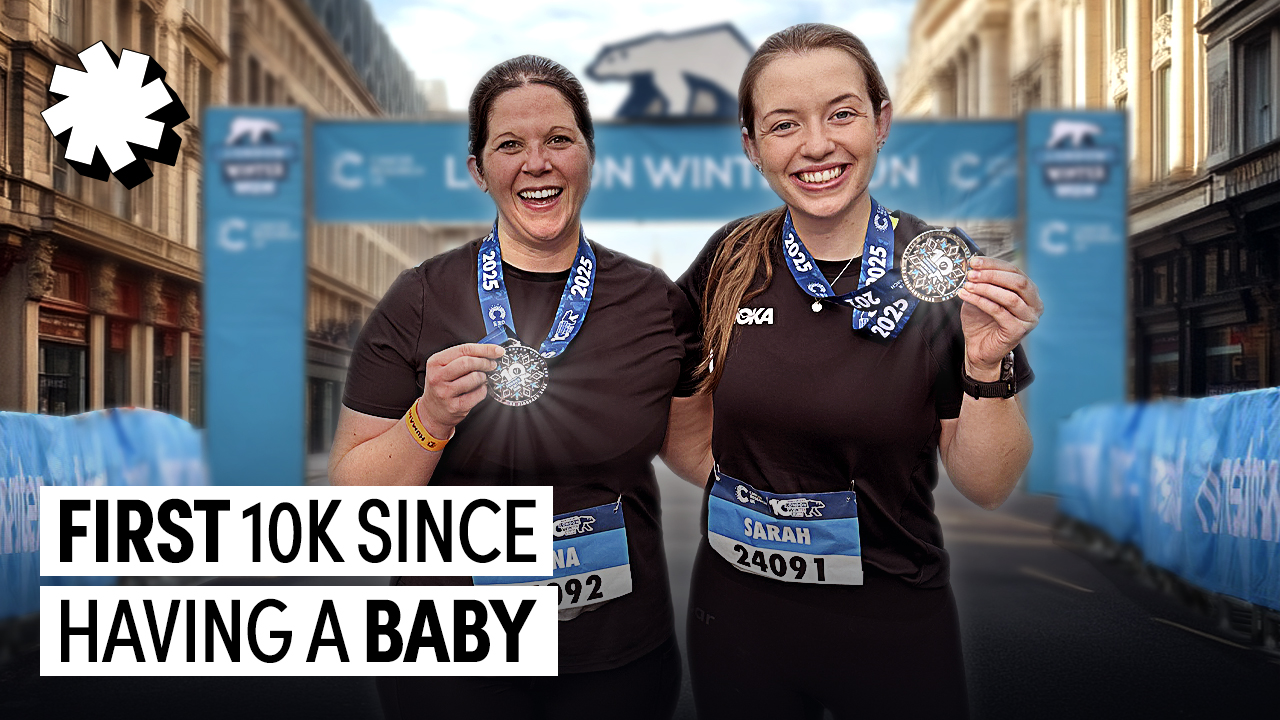

Running News
Will A Woman Run A Four-Minute Mile? Research Says It’s Possible
Tadese Takele And Sutume Asefa Kebede Win The 2025 Tokyo Marathon!
Boston Marathon 2025 Medal Reveal And Celebration Jacket